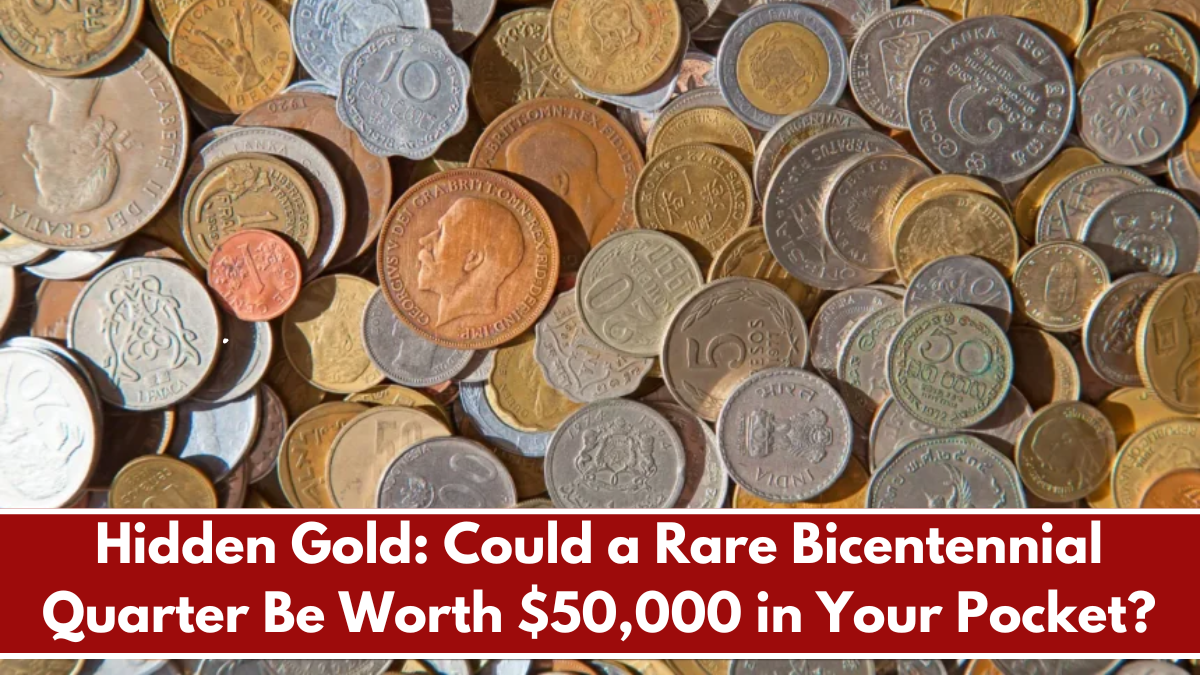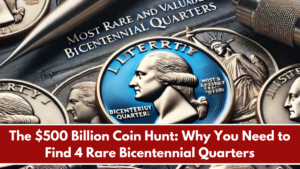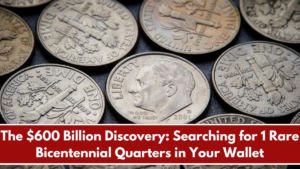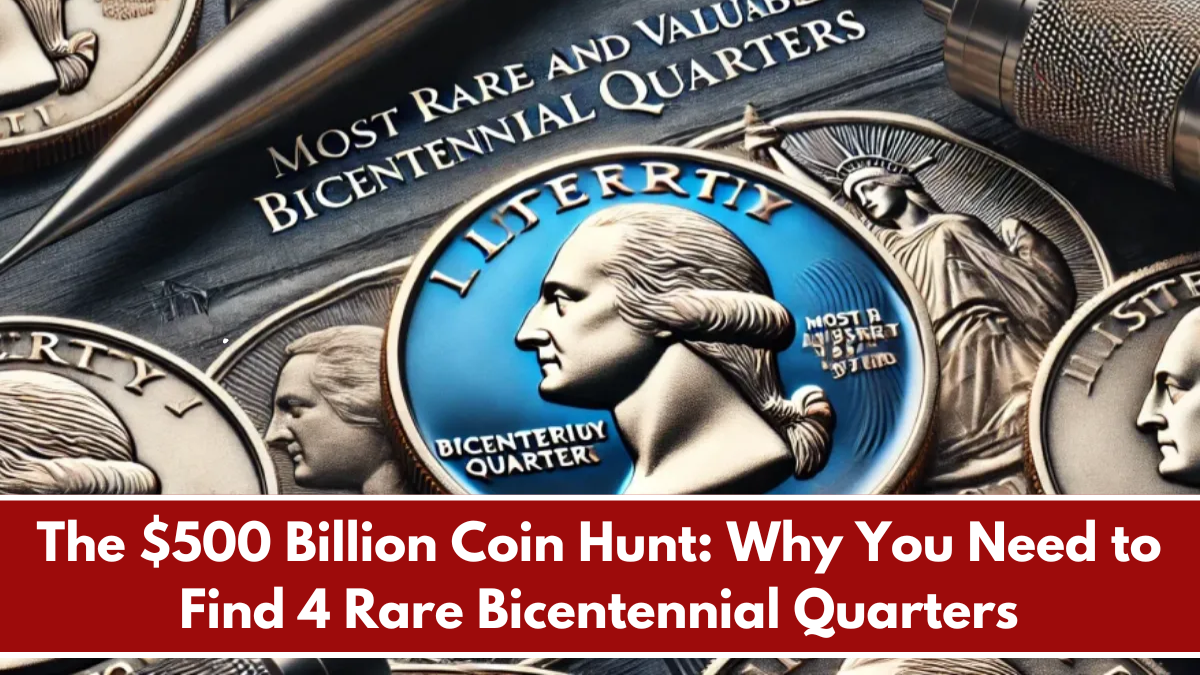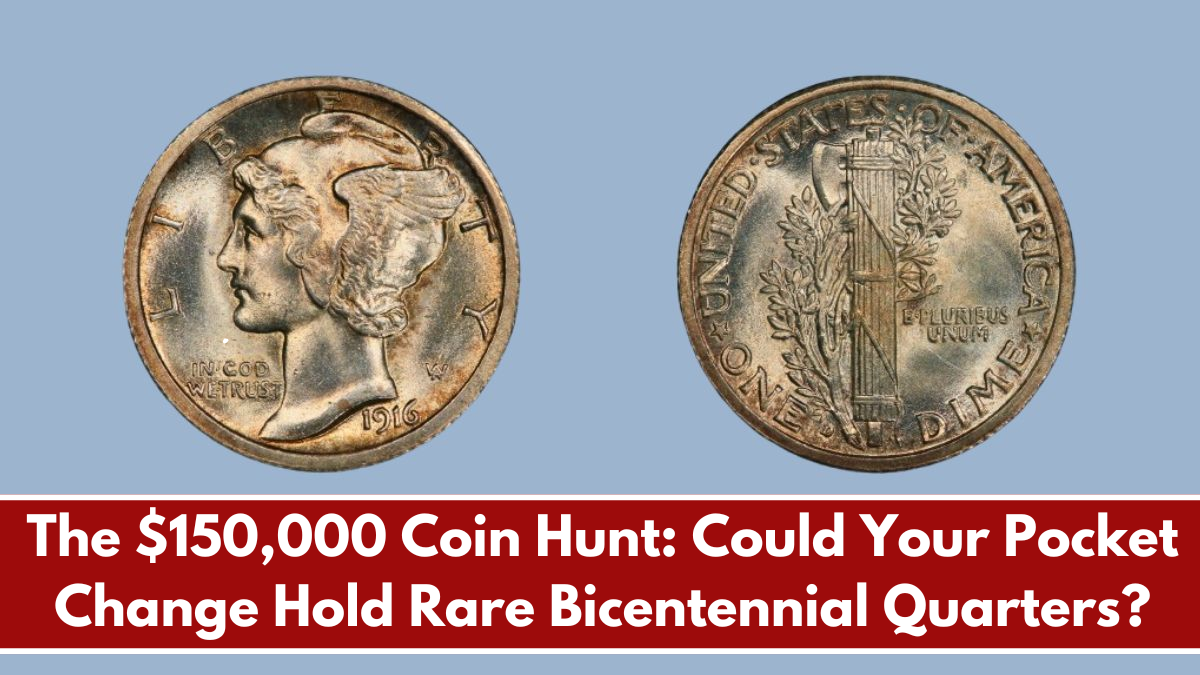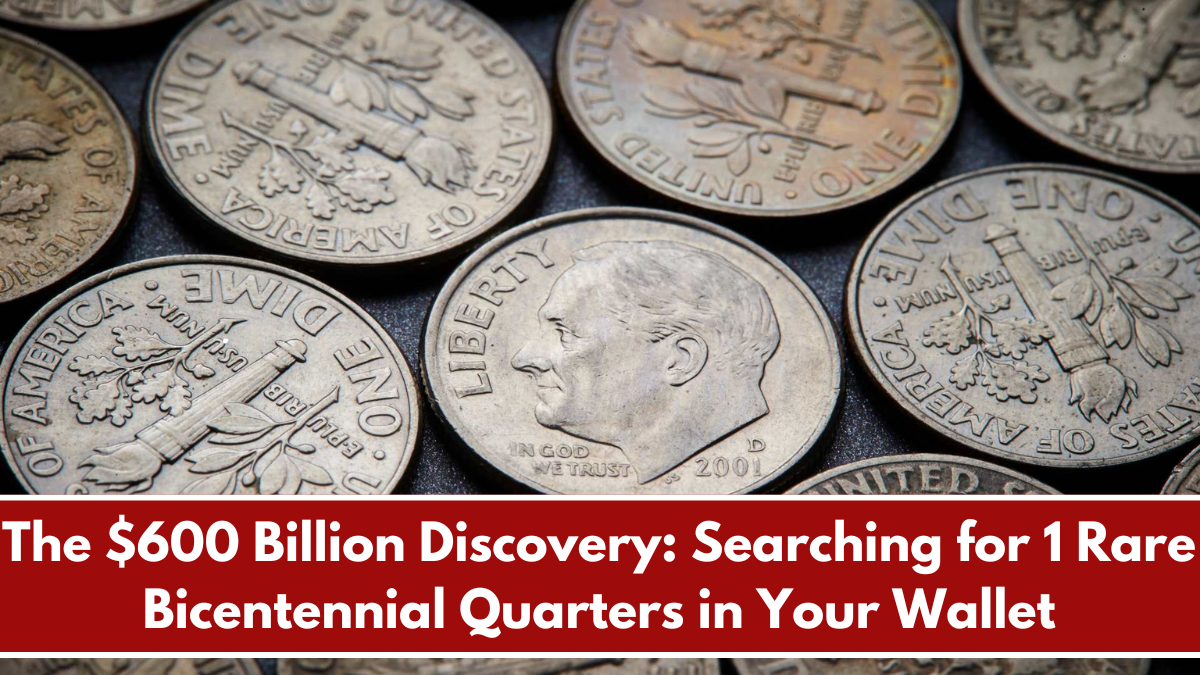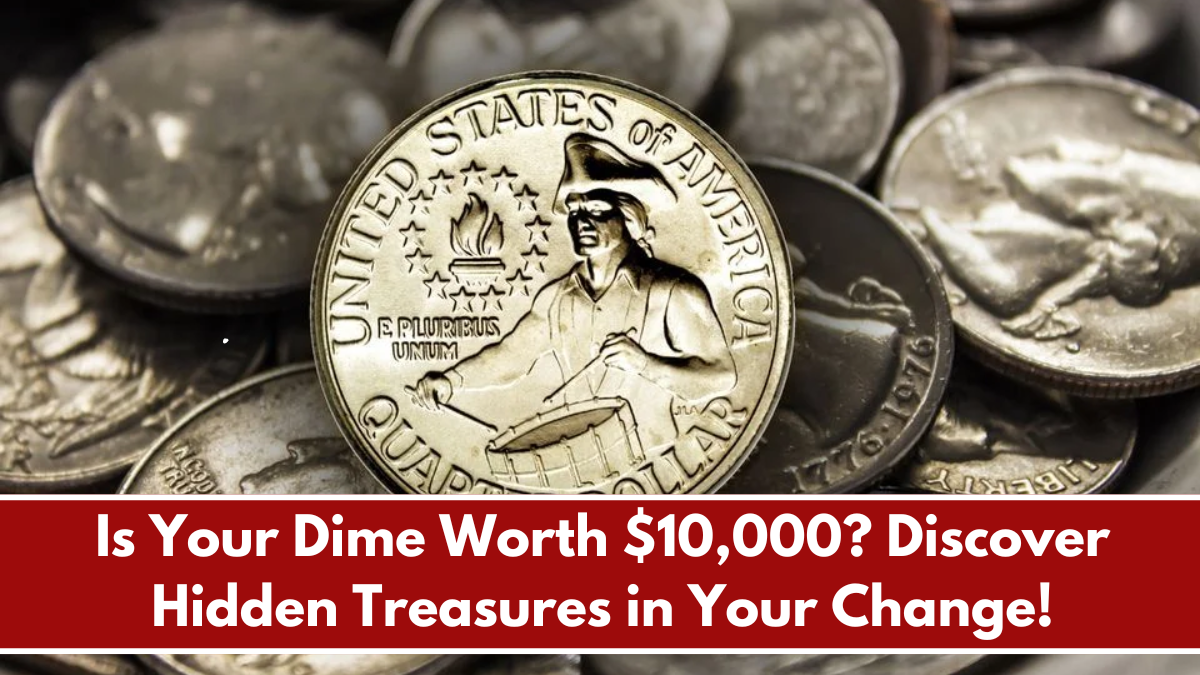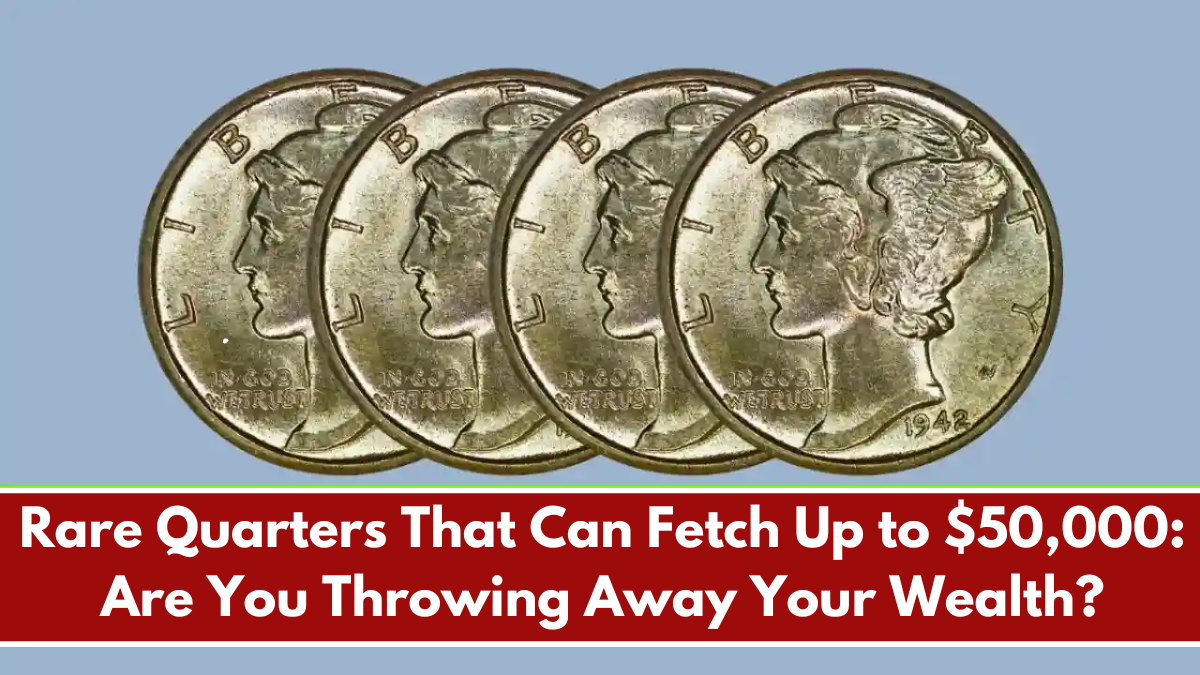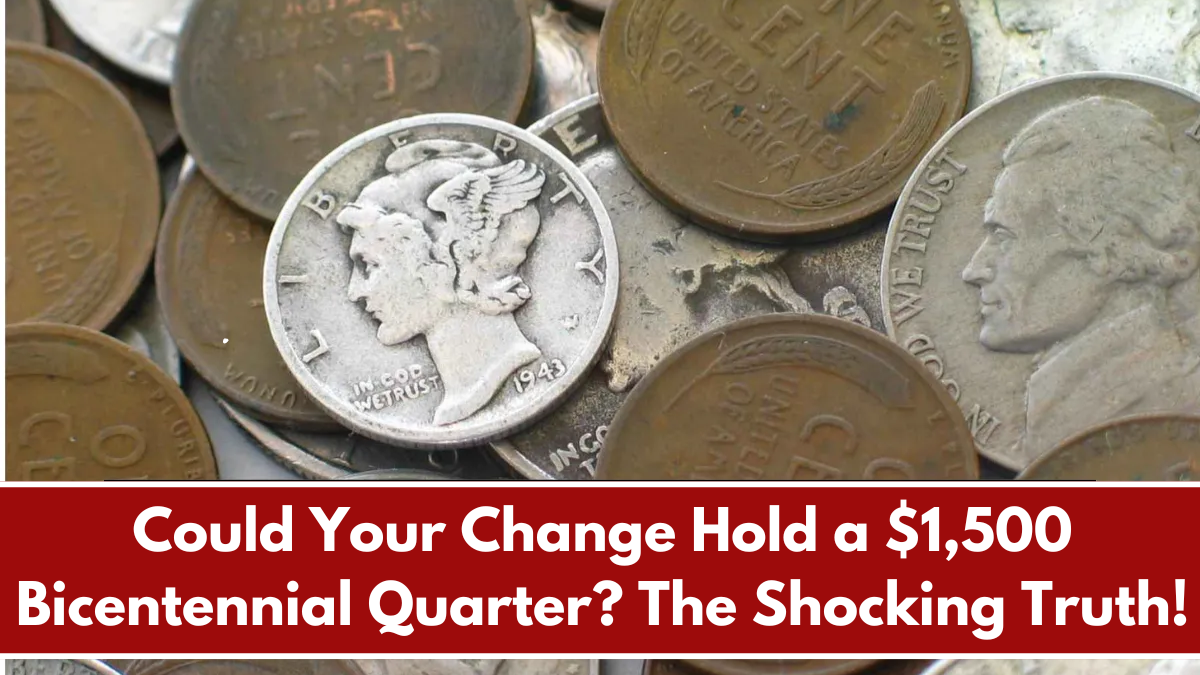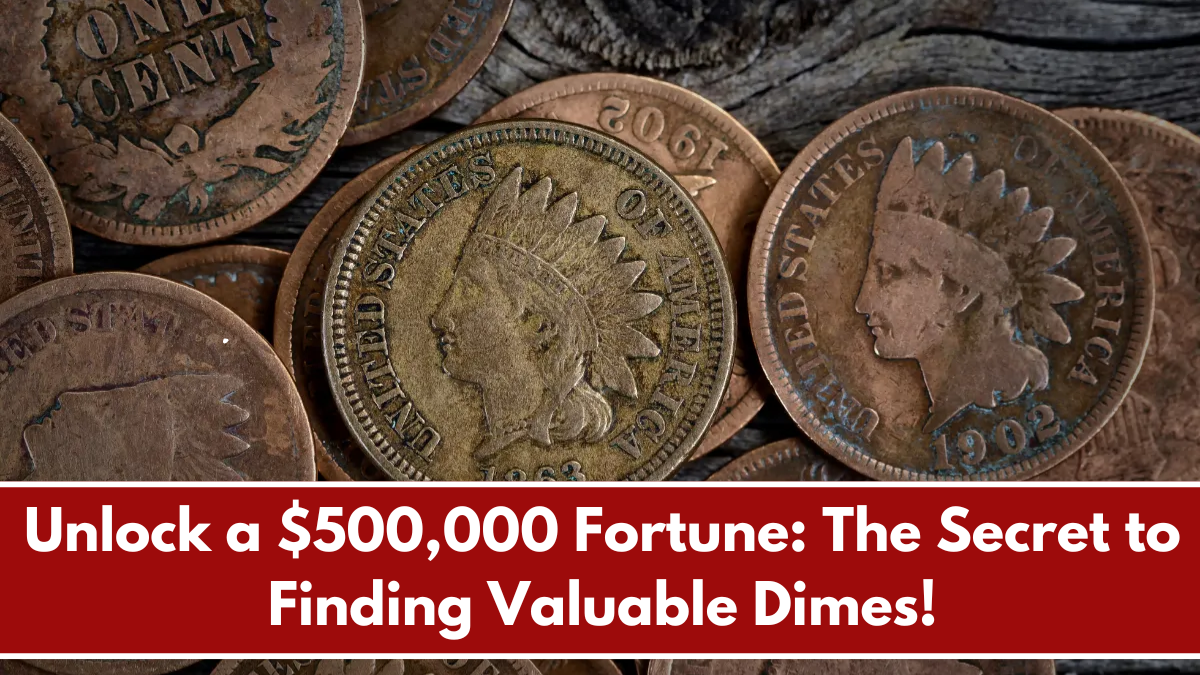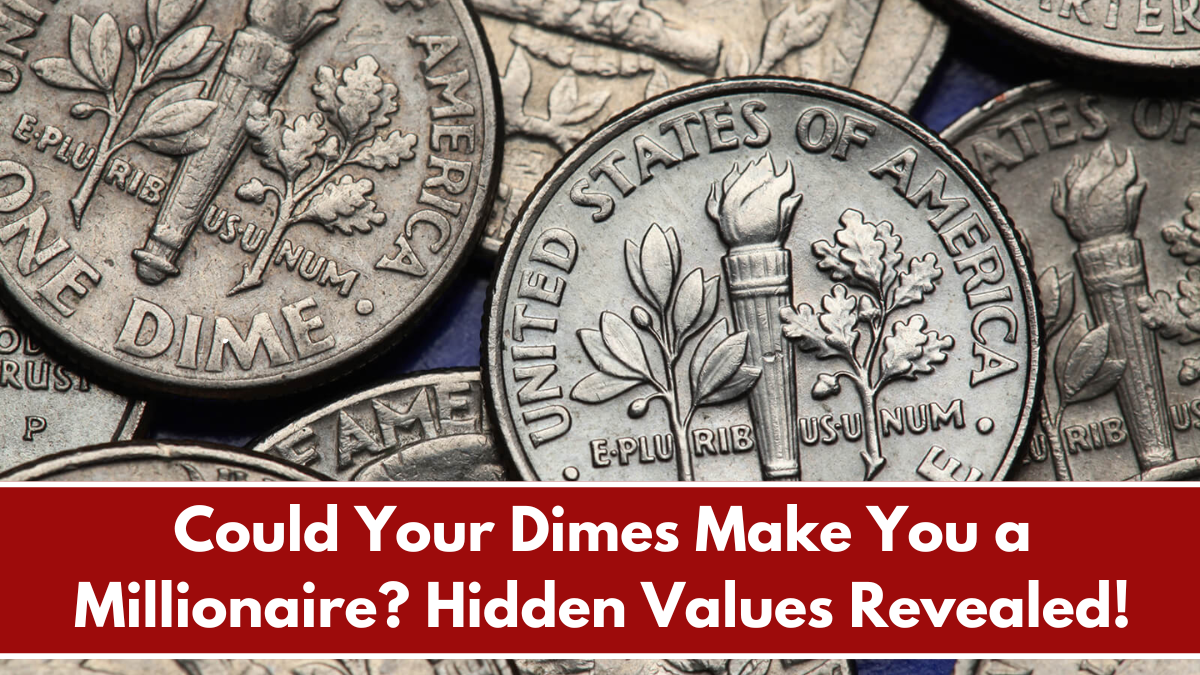Many people overlook the spare change jingling in their pockets, but what if I told you that some of those coins could be worth thousands? Specifically, if you have Bicentennial quarters minted in 1976, you may be sitting on a hidden treasure worth up to $50,000! These quarters were issued to commemorate the United States’ 200th anniversary and were produced in vast quantities, but certain rare varieties are coveted by collectors. In this article, we will explore which Bicentennial quarters to look for and how they could significantly boost your financial portfolio.
The 1976-S Silver Proof Quarter
One of the most valuable Bicentennial quarters is the 1976-S Silver Proof. This quarter was minted in San Francisco and made from 40% silver, which makes it particularly desirable. Coins in excellent condition can sell for upwards of $50,000, especially if they are professionally graded.
The 1976-D Double Die Obverse Quarter
Another quarter that could lead to financial fortune is the 1976-D Double Die Obverse. This coin is notable for its minting error, which causes the word “Liberty” to appear doubled. In pristine condition, collectors are willing to pay significant sums for this unique coin, with values reaching up to $20,000 or more.
Uncirculated No Mint Mark Quarters
Even Bicentennial quarters with no mint mark can hold value. While not as high as the Silver Proof or Double Die varieties, uncirculated versions from Philadelphia can still fetch several hundred to a few thousand dollars.
Don’t underestimate the value of your pocket change! The hidden gold of the rare Bicentennial quarters could significantly impact your financial future. Whether it’s the 1976-S Silver Proof or the 1976-D Double Die Obverse, these coins could be your ticket to unexpected wealth. So, check your change jars, dive into your collections, and you may just discover a valuable treasure waiting to be unearthed!
FAQ’s:
Why are certain Bicentennial quarters so valuable?
Specific varieties, such as the 1976-S Silver Proof and the 1976-D Double Die Obverse, are rare due to limited minting and unique errors, making them highly sought after by collectors.
How can I identify a 1976-S Silver Proof quarter?
Look for the “S” mint mark on the reverse side. It should also have a shiny, reflective surface, indicating it’s made from 40% silver and intended for collectors.
What does a Double Die Obverse mean?
It refers to a minting error where the design is doubled on one side, particularly noticeable on the word “Liberty,” making the 1976-D quarter valuable.
Where can I sell my rare Bicentennial quarters?
They can be sold through coin dealers, online auction platforms, or at local coin shows.
Are all Bicentennial quarters valuable?
No, most are worth face value; only specific rare varieties hold significant monetary value.
